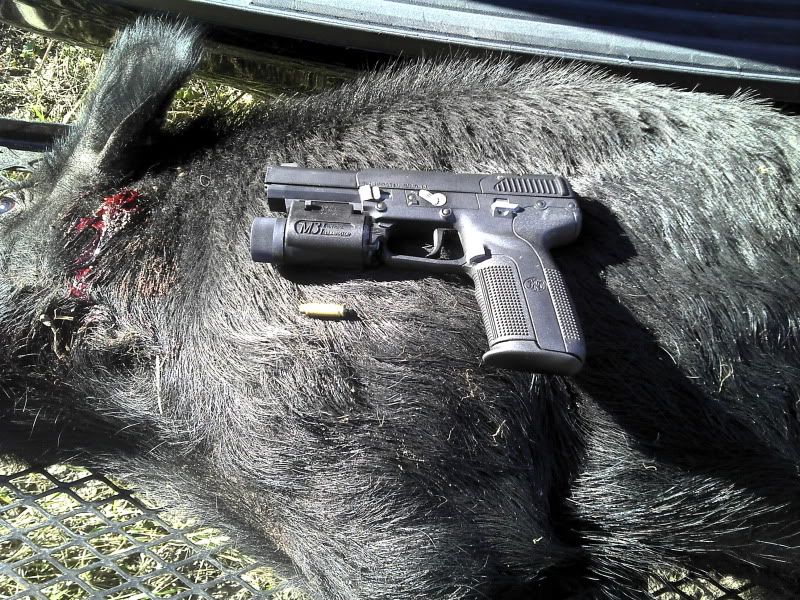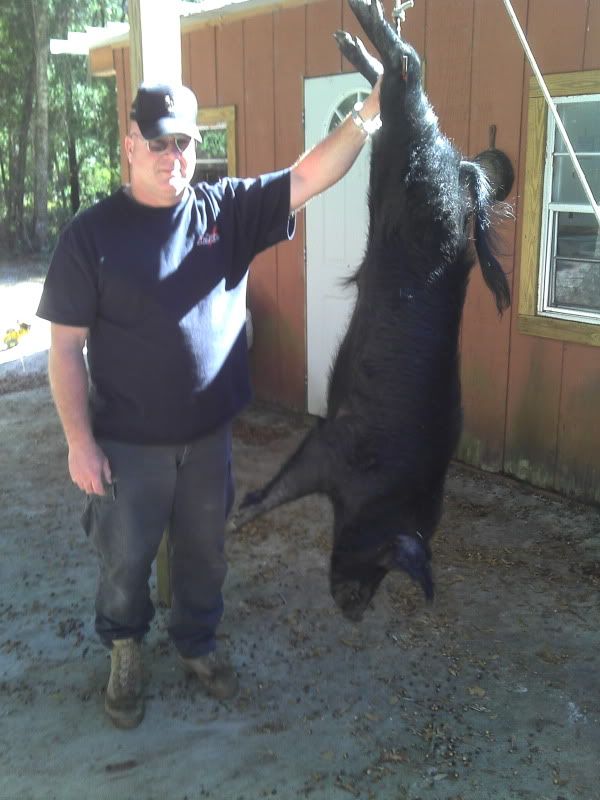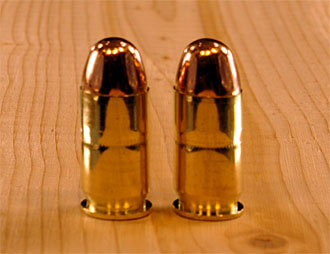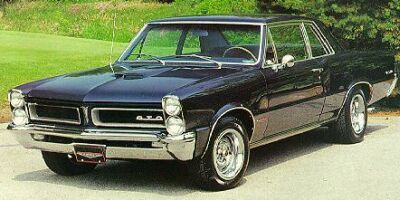Mr. Crosshair,
All the lab testing I have found documents incredibly dismal terminal ballistics in soft tissue, inferior even to 9mm ball.
Except for the fact that temporary cavitation is largely insignificant as far as wounding potential and incapacitation, permanent cavity is what maters.
Another person copying and pasting quotes from Mr. Facklers reports from FBI testing done in the early 90s.
Please note that all testing done on the 5.7x28mm cartridge was done between 1987-1998 using FMJ ammo that has not been made since 1998.
Here we go, sharpen your pencil.
First, we will talk about "Dwell Time".
Dwell Time was discovered in the 1950s, and added another variable to cavitation testing. Simply put, its the amount of time the projectile spends in the media that it is fired into. An example is, two bullets of the same weight fired though balistic gel. One bullet is goes through the entire block .2 of a second, the second bullet goes through the same block and it takes a full second. It was discovered the second bullet will cause more trama and cativitation because the slower the round, the more time it has a chance to react to the tissue. John Browning found this out as he was shooting human cadevours and sides of beef during the testing of the 45ACP. The 45acp was shot with velocitys ranging from 600fps to 1000fps, the perfect blend was around 850fps. Now the designers of 5.7 knew that increased velocity adds ft lbs of energy, but the design they incorparated into the 5.7 allowed the bullet to stop instead of going strait through. This created an extremely fast bullet that would dump its retain energy fully into the target.
Fairy dust? Unicorn blood? Hope and change? The bullets the 5.7 are nothing special
Not magic, just outside of the box. I will explain.
Bullet construction of all modern 5.7 round includes a hollow front cativity with bulk of the weight being placed in the boattail. This design was taken from the construction of the 5.45x39mm projectile designed by the Ruskies.
The bullet sole purpose was to tumble and take indirect paths which cause multiple layers of trama. The designers of the 5.7 round found that if they could take an extremely fast bullet and get it slow rapidly or stop in less than 12 inches, it would be most effective.
Scientific Theory and Test.
I throw an ice pick at you and add enough velocity to have it go strait through you. Take the same ice pick and add the weight to the rear of it, and when I throw it at you at twice the speed, I get it to turn sideways and go through you. Which causes more damage?
5.7 bullet construction #1
Second to note, is if the bullet begins to fragment and go through sideways, it acts like a parachute on a drag car. the rapid slowing of the bullet allows it to stay in tissue longer, and "dump" all of the stored energy from flight into the target.
5.7 bullet construction #2
Ballistic gel blocks with animal bones placed into them were used as the lastest test subjects for the 5.7 round. It was noted that bones placed more than 8 inches away from the bullet entry hole wear broken as high speed photography showed the shock wave moving through the gel. This is directly related in the effectiveness of the bullet to take 90% of its energy and "dump" it into the target. It is intresting to note that the pressure sensors located in the ballistic gel were reading numbers simular to that of rifle rounds. A 9mm FMJ 124gr bullet that is stopped by a level 2 vest, is about the same as being hit by a 96mph fast ball. The 5.7 readings are triple that.
5.7 Bullet construction #3
Except for the fact that temporary cavitation is largely insignificant as far as wounding potential and incapacitation, permanent cavity is what maters.
Mr. Fackler was simply taking a ruler and measuring the wound opening between the two bullets. 9mm FMJ and 5.7 FMJ. This is only part of the science.
Under this premise, what your saying is if a stick a 6 inch diameter steel rod through you, as compared to shooting you with a 9mm bullet(.355), the rod is more deadly? With this theory. the rod is 18 times more deadlly than the 9mm bullet fired out a gun. .355x18= 6.39 Even though the rod is 18 times bigger, wound caivity alone is not suffecient to conclude effectiveness. We all know your better off being stabbed then shot.
Lastly, I want to stress two things. One, I was a non-believer in the round at first, because I read alot of the same things you copied to your post. Once I obtained the weapon, I tried to prove my bias correct, in which I turn out a new found love. Second, its not the round or the gun, its the combination of the two thats lethal.
Pros:
Cheap to shoot.
No recoil, fast trigger reset.
Very little, to no sight compensation for targets out to 150 yards.
Simple, very little moving parts.
20 rounds a mag, weight load is less than most unloaded.
With the right ammo, Armor Penetration.
Cons:
Fighting Haters on TFL Forums
Ammo goes through it so quick.
Expensive
Not unless you have some good sources or a ton of money for the AP ammo that remains in the system
As a Sworn LEO, I have plenty of the AP, second, a little JB weld in the 27 Gr lead free HP showed it would consistantly penetrate level 2 and 2A vest.







